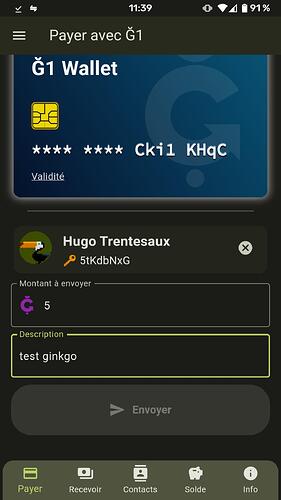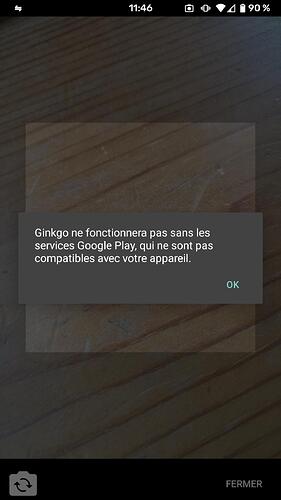I tested the APK, it’s very handy on the phone ![]()
we get a better sense of the app use than in the browser
GVA allows to be very quickly notified about a new transfer, that’s a game changer, thanks to bring it to life!
Feature requests:
- add information on the “send” button when it is grayed out to explain why
- add scan button in the contact panel to be able to add a new contact from there
PS: I added Ğ1nkgo to the software page on duniter website: Duniter | Software

